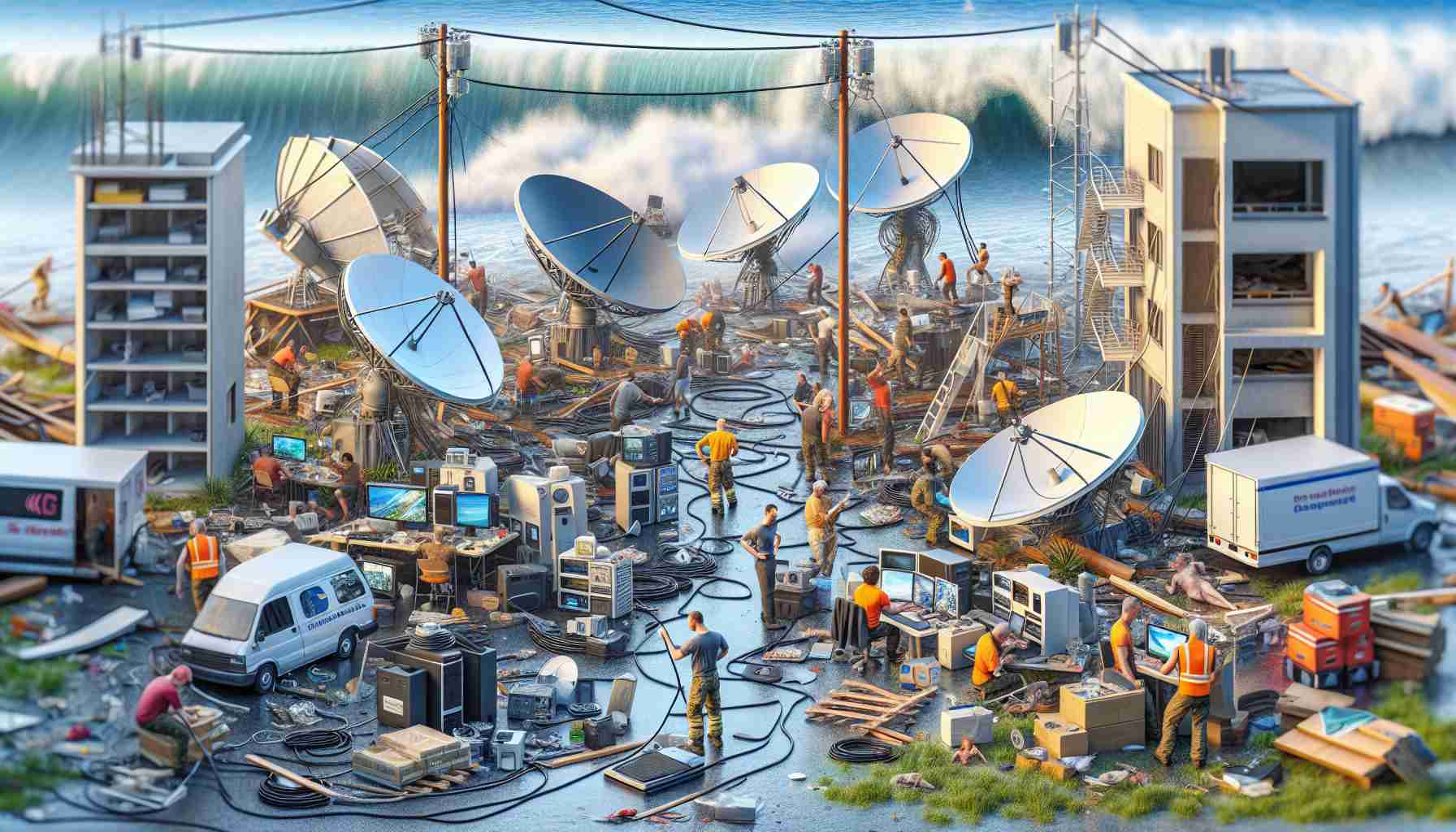After Hurricanes Helene and Milton wreaked havoc across the southeast, Starlink stepped in to offer free satellite internet access to affected communities.
However, the seemingly generous offer comes with a significant price tag. While the service itself is complimentary for a month, victims must purchase a physical terminal priced at almost $400 to access it.
Starlink, a division of SpaceX led by Elon Musk, made the offer in an effort to support the recovery process in areas where traditional communication networks were severely disrupted.
Despite the initial excitement over the prospect of free internet during such a challenging time, some individuals soon discovered the hidden catch – the costly terminal required to make use of the service.
While the intention behind the offer was to assist with emergency response and recovery efforts, the reality of the situation is that accessing the free service ultimately involves a substantial financial investment.
Thus, while the gesture of providing free internet access is commendable, the underlying cost poses a barrier for many hurricane victims looking to stay connected during the aftermath of the storms.
Unpacking the Real Costs and Considerations of Free Satellite Internet for Hurricane Victims
In the aftermath of Hurricanes Helene and Milton, Starlink’s offer of free satellite internet access to impacted communities has sparked both praise and concerns. While the initial focus was on the positive impact of providing communication support in devastated areas, there are critical questions and aspects that deserve attention to understand the full picture of this initiative.
Key Questions and Answers:
1. What are the additional costs beyond the free month of service?
Along with the complimentary month of satellite internet access, individuals must purchase a terminal priced at nearly $400 to utilize the service beyond the trial period.
2. Who bears the financial burden of acquiring the necessary equipment?
While the service is free for the first month, the cost of the terminal falls on the individuals seeking to continue using the internet connection.
3. Is there financial assistance available for those unable to afford the terminal?
At present, there is limited information on financial aid or support programs to assist hurricane victims with the purchase of the required equipment.
Challenges and Controversies:
One of the central challenges surrounding the provision of free satellite internet post-disaster is the underlying cost structure. The necessity of purchasing a terminal worth almost $400 can be a significant barrier for many individuals who have already been financially impacted by the hurricanes.
Moreover, the discrepancy between the initial perception of receiving free internet service and the subsequent realization of the associated costs has led to some disappointment and skepticism within the affected communities. This discrepancy raises broader concerns about transparency and clear communication in disaster response efforts.
Advantages and Disadvantages:
Advantages:
– Immediate access to communication tools for individuals in areas with disrupted traditional networks.
– Potential for improved coordination of relief efforts and access to essential information.
– Connectivity can aid in maintaining contact with loved ones and accessing critical services.
Disadvantages:
– The upfront cost of the terminal can be a financial strain on already affected individuals.
– Lack of clarity regarding long-term affordability and potential assistance programs.
– Dependency on a single service provider for post-disaster communication needs.
In conclusion, while the gesture of offering free satellite internet to hurricane victims is undoubtedly well-intentioned, the financial considerations and limitations associated with this initiative highlight the complex nature of disaster response support. Balancing the immediate needs of affected communities with the long-term financial implications is crucial in assessing the true cost and impact of such assistance efforts.
For more insights and updates on disaster response and recovery initiatives, visit Red Cross website.



















